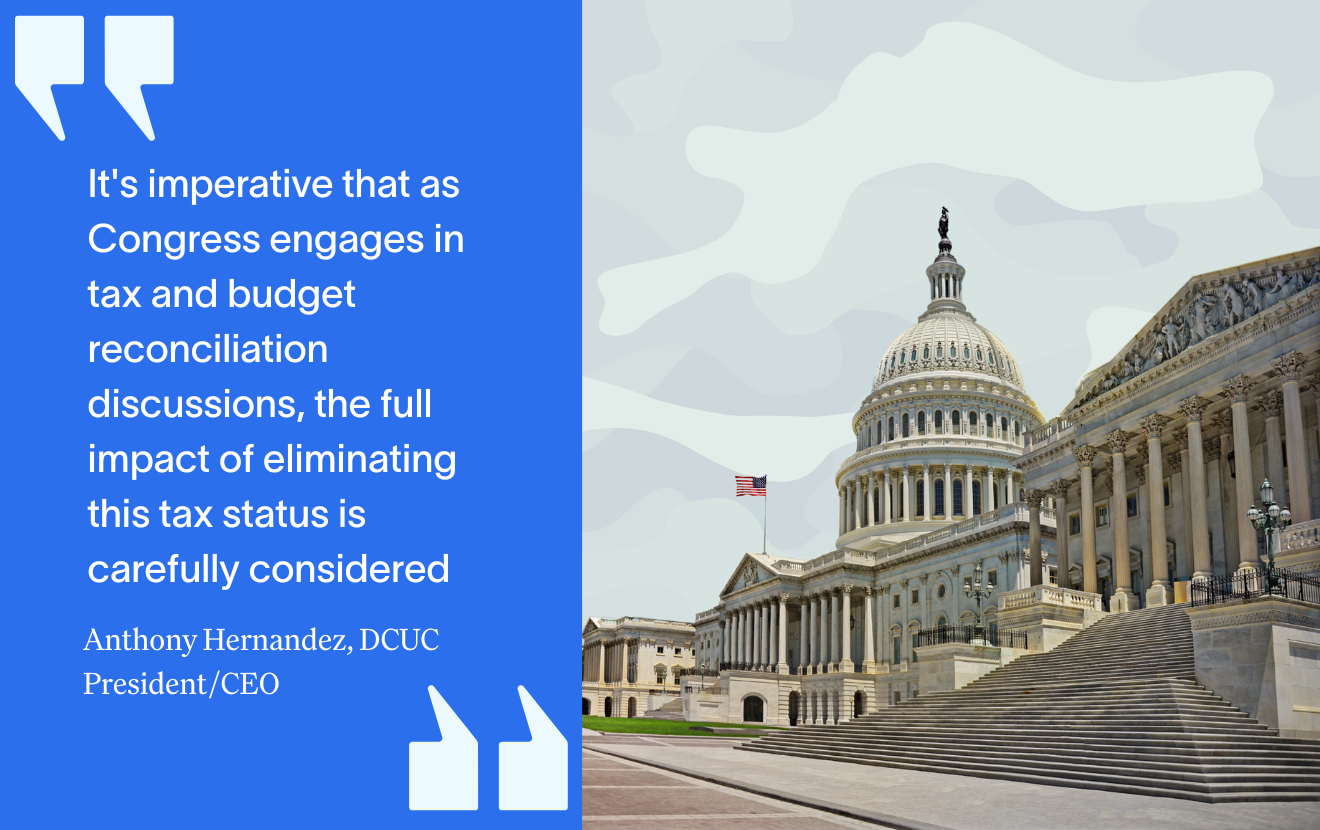byDavid Curtis
After spending a week in September at “The Happiest Place on Earth” for Compliance School, it is time to reflect on what I learned during the sessions. While there was a lot of good information, some particular items stood out for me. Some of the ideas covered were new to me, but others just reinforced what I already know.
A lot of time was spent talking about the CFPB, and here were some of my takeaways: The CFPB currently has 40 lawyers whose jobs are to write the regulations required by the Dodd-Frank Act. Once they have completed that task, the CFPB still has 40 lawyers whose job is to write consumer protection regulation. The regulatory burden and pace of changes is not going to slow down anytime soon.
While the CFPB has repeatedly stated that they would consider safe harbors that help credit unions, it is going to be more important than ever for credit unions to comment on proposed regulations. The comments need to provide real life examples of how the proposed regulation will affect the credit unions operations. For example, “Due to the regulatory burden of the remittance transfer rules, we will need to discontinue the program due to costs.”
In addition, we reviewed the remittance transfer rules.
Since the remittance transfer rules are part of regulation E, the rules apply to any remittance transfer provided for a consumer. The rules do not apply to business member transactions. Credit unions need to only count consumer remittance transfers to see if they fall under the 100 remittance transfers per year safe harbor.





